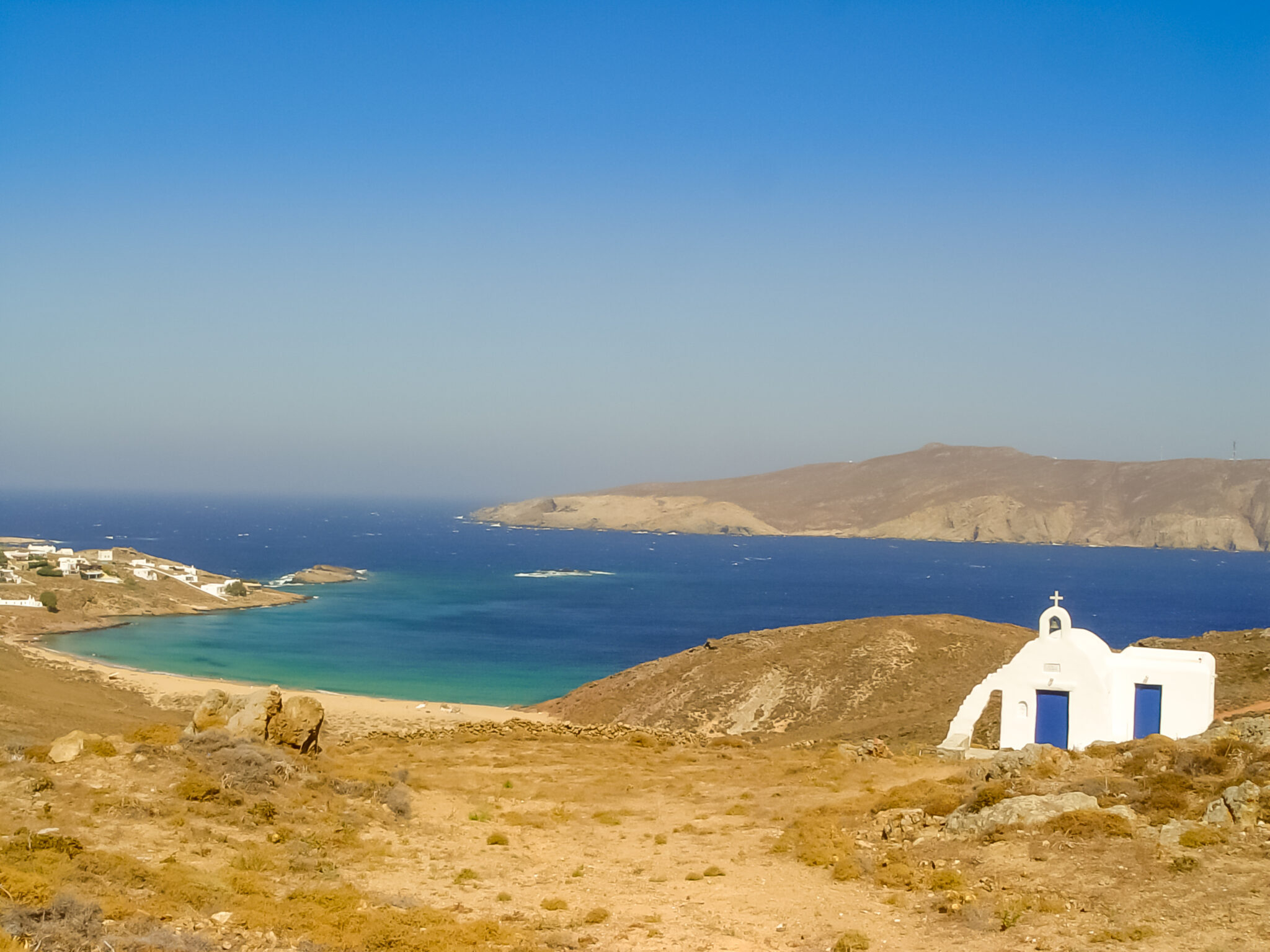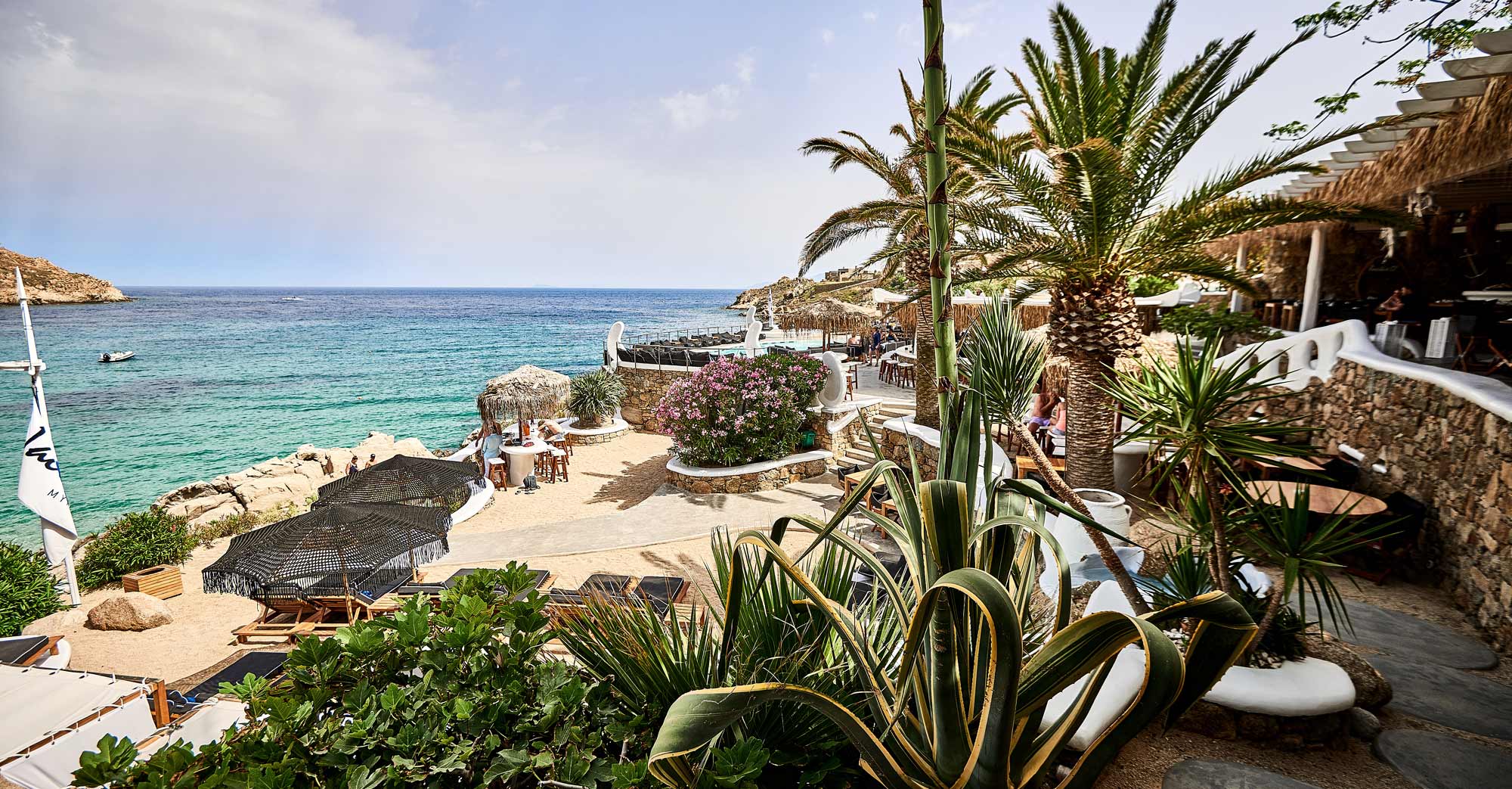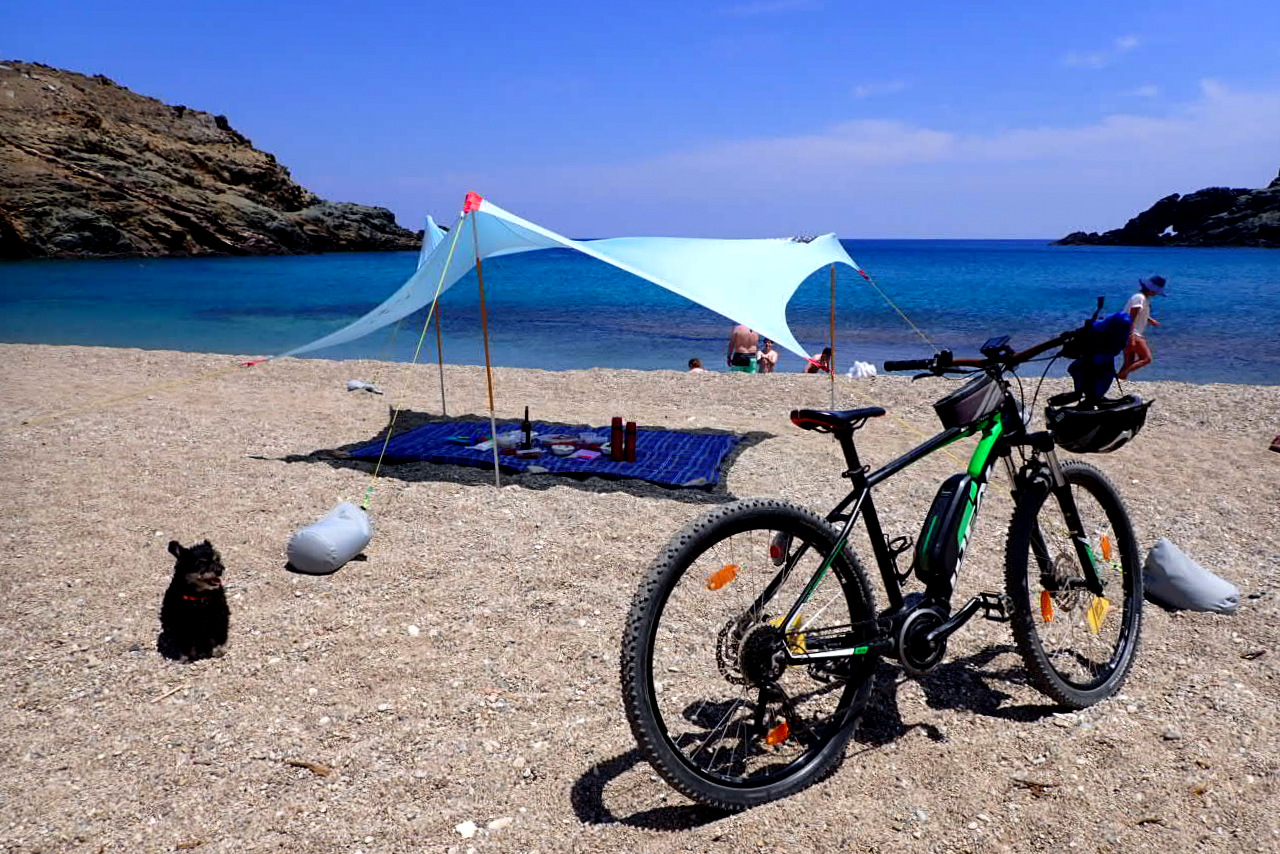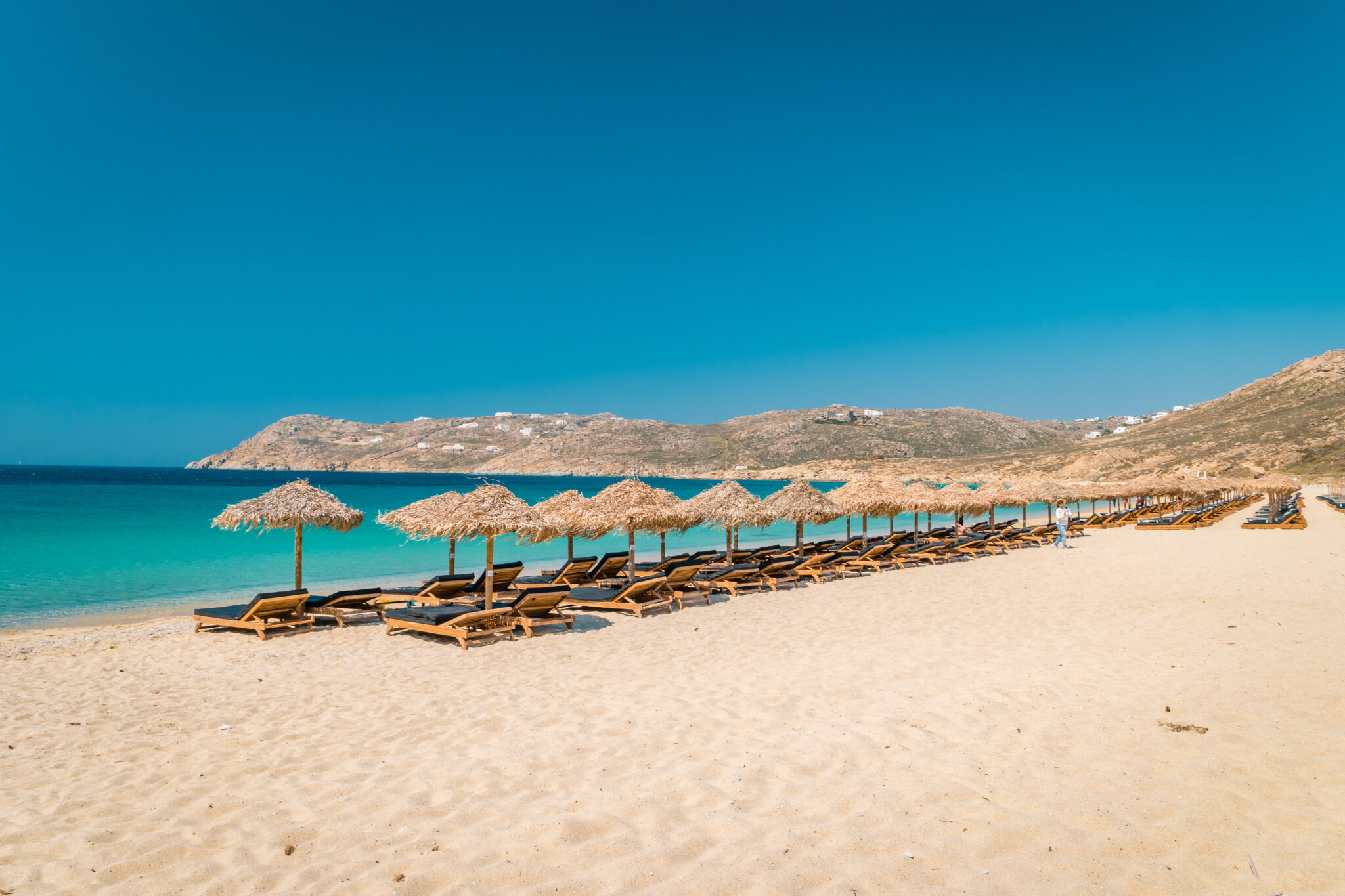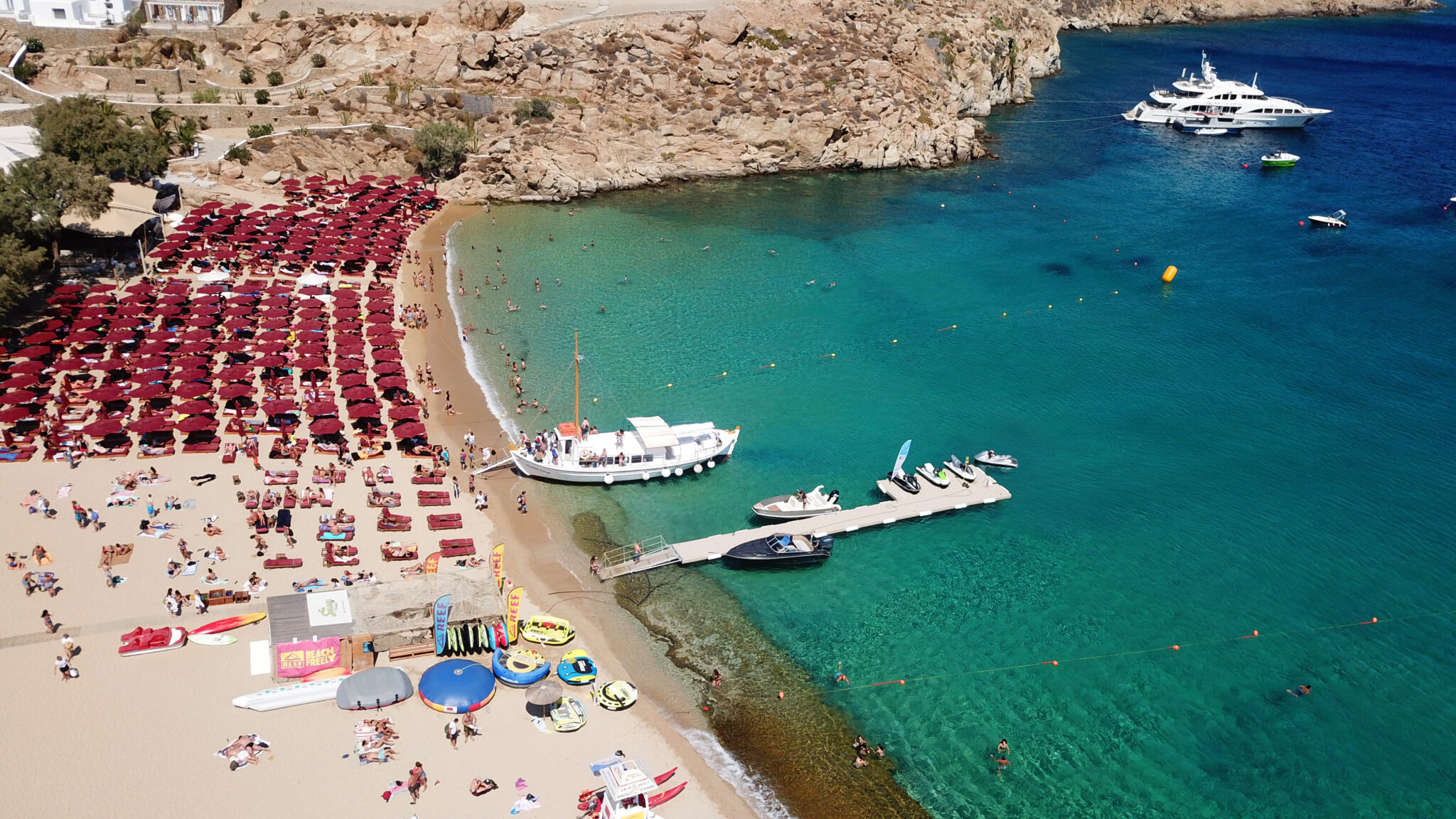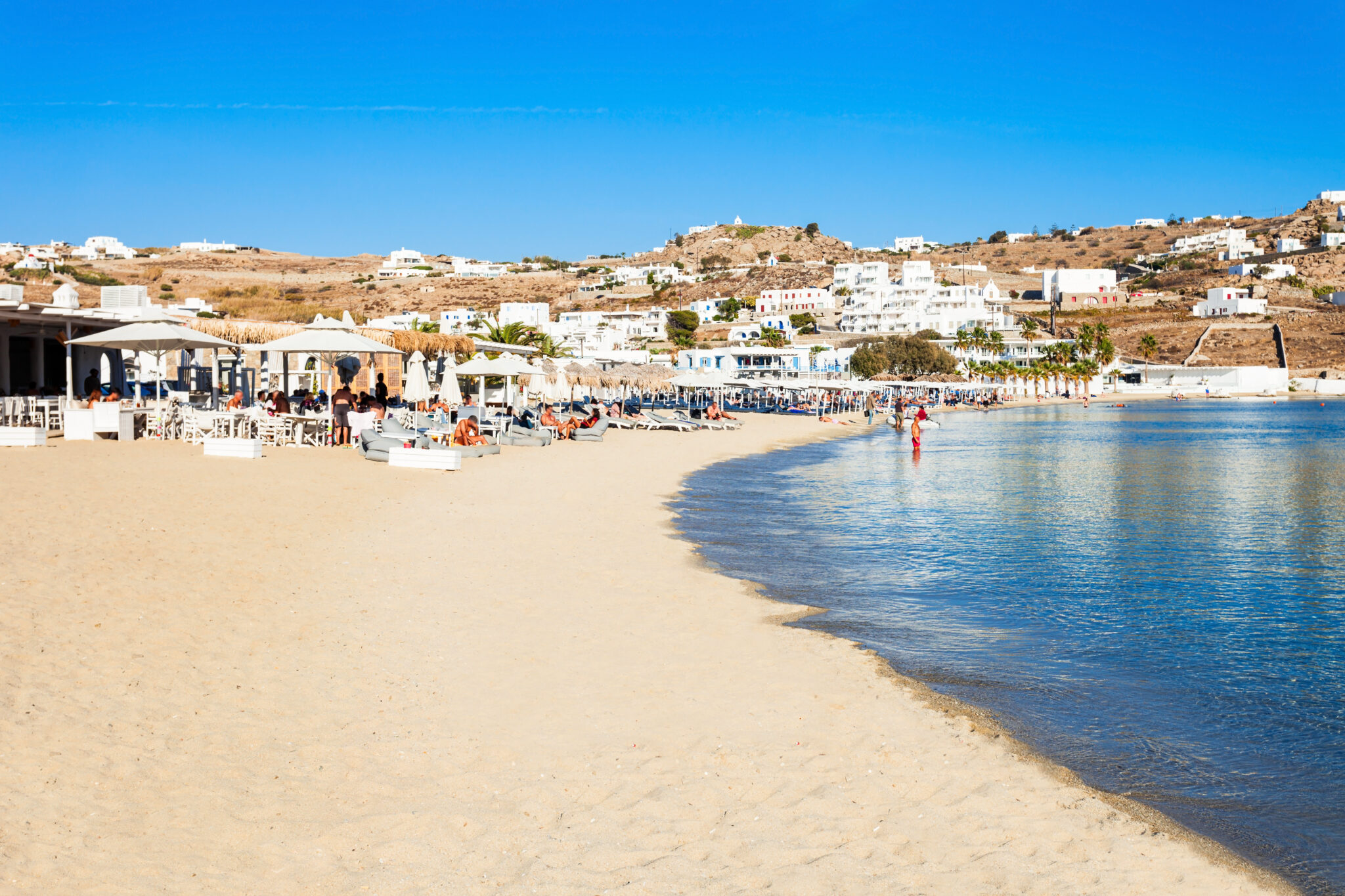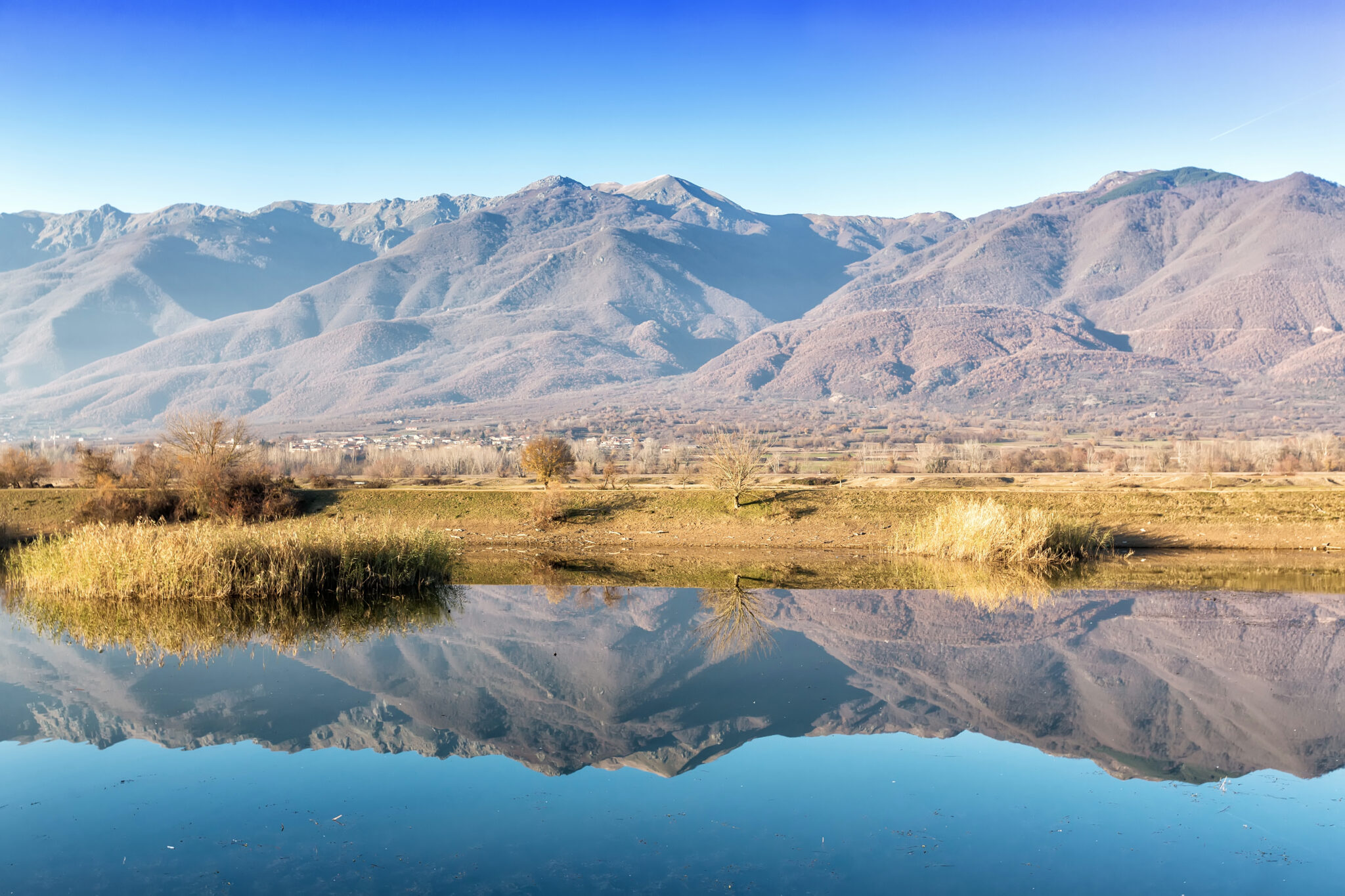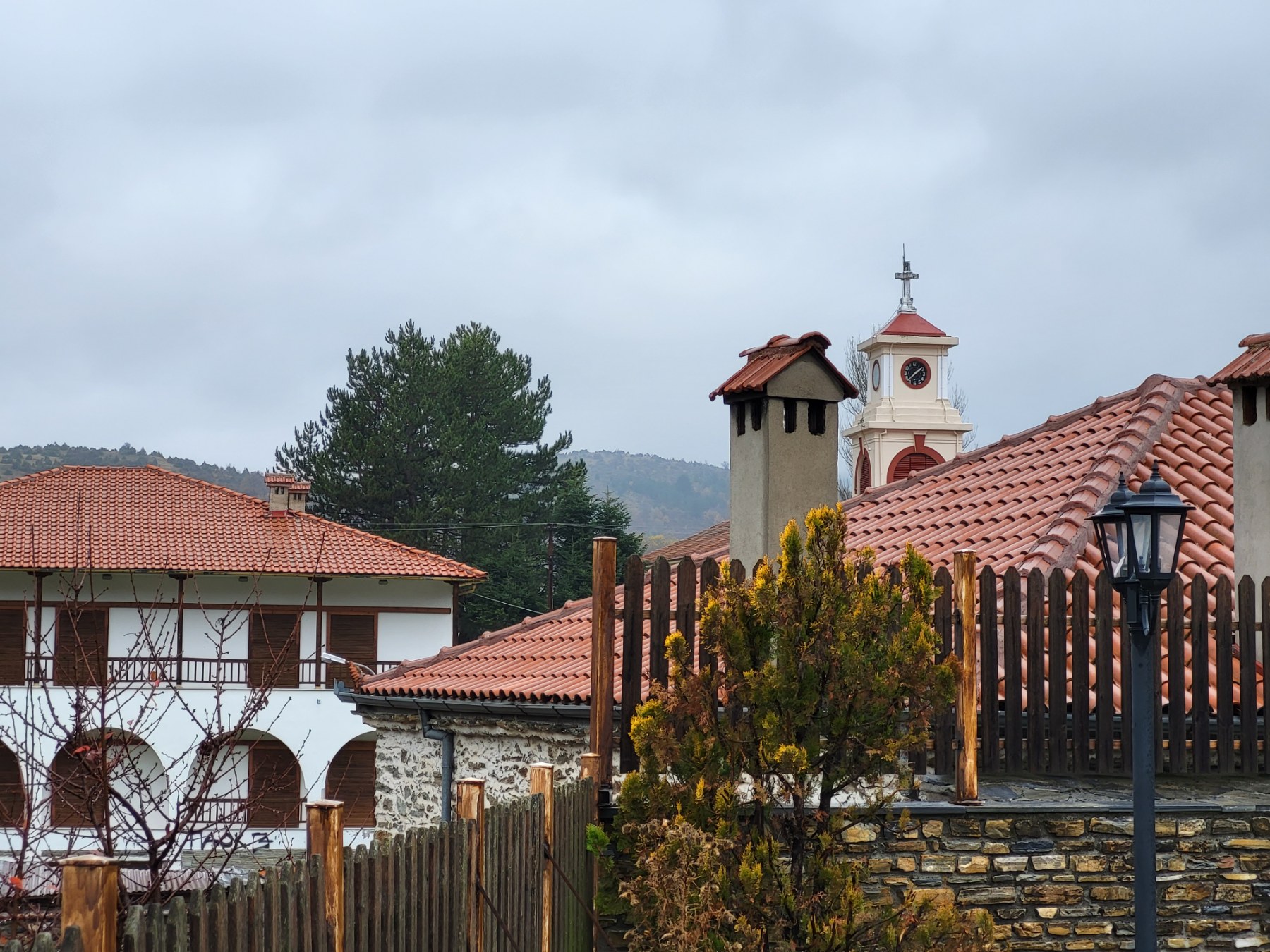Plentiful and blessed with fine sand and clean waters, the beaches were part of the initial attraction that drew visitors to the island. Later in the 1960’s the hippies found refuge on a long strip of coast where they could camp and sunbathe in the nude. A haven of tolerance and difficult to get to, its reputation spread by word of mouth and the name they gave it – Paradise. The initial pioneers would not recognise the daybeds and pillows, the Champagne, the gourmet menus, and booming beach bars that proliferate the island shores, but Mykonos now attracts a clientele determined to see and be seen, insistent upon having the best time at whatever cost.
Luckily, the coastline is big enough to cater for all tastes and there are beaches for partygoers, gay friendly beaches, family beaches, town beaches, beaches for water sports, and out-of-the-way coves for those seeking solitude. Most have golden sand, some have pebbles, some are backed by steep cliffs; but all are fronted by the refreshing Aegean and remind why Mykonos is known throughout the world.
Consider exploring the beautiful beaches of Mykonos by renting a car. With many of the best beaches located outside of town, having your own transportation is essential for a convenient and enjoyable beach day.
The Southern beaches
Elia, the biggest beach on Mykonos and very beautiful, is very cosmopolitan, gay friendly and with a section for nudists. Luxury yachts moor offshore and the water is perfect for swimming.
Psarou has been the beach of choice for visiting celebrities since the 1980’s but its fame spiralled with the arrival of Nammos, a legendary beach club with eye-watering prices. Although the beach is narrow and crowded, the beach service resembles that of a five-star hotel with rates to match. For the sunbeds there is usually a waiting list despite the costs and the rich and privileged rent them by the month or by the season even. The beach is so popular that parking is very difficult; maybe best to take the bus or walk from the water taxi at Platis Gialos.
Platis Gialos is a spacious, wide sandy beach, and a lively village has grown here anchored by the sheltered bay lined with seafood restaurants, tavernas and beach bars. Many of its hotels are practically on the sand and it is the starting point for water taxis to other sandy beaches of the island.
Paradise, originally known as Kalamopodi, grew famous in 1969 when the Paradise camping site opened to serve the growing hippie community. Today the internationally know Paradise attracts a young, straight crowd who want to dance and drink all day and night. Cavo Paradiso, the most popular night club and home to international DJ’s, is on a hill overlooking the beach.
Super Paradise was traditionally a favorite of nudists and gays, but now it is popular with families and couples despite the decibels of the big beach clubs echoing through the water. The evening parties with famous guest DJs are attended by thousands of young people and the fun never seems to end.
Paranga, also known as Paraga, offers wonderful views of Naxos and Paros. Fine sand, sunbeds and umbrellas, restaurants, and being within walking distance of Paraside, mean that Paranga is of the most popular beaches on the island. SantAnna and Scorpios attract a hedonistic crowd and nudity is relatively common.
Agrari is a long sandy beach, popular with locals and tourists, as there is still space for yourself to stretch out. Umbrellas and sunbeds line one side with open sand on the other. Nudist and gay-friendly, the dining options are noticeably cheaper than other beaches.
Kalo Livadi is a long sandy beach ringed by Mykonos’ characteristic rocky hills. Families head here to spend the day playing with their kids in the shallow waters, while couples head to lively beach club Lohan. It is easily accessible by land and by boat from Platis Gialos.
Kalafati(s) is a kilometre long organised beach popular with families and those who enjoy water sports, especially windsurfers who love the 4-6 Beaufort winds. Away from the more touristy beaches, it is backed by a few hotels and tavernas.
Agia Anna is a low-key beach named after the whitewashed chapel nearby. One of the more relaxing beaches, there is a fresh fish taverna and umbrellas and beds to rent. The two hills that protect the bay are lovingly called Aphrodite’s breasts by the locals.
Ornos has developed in the space of thirty years to be one of the busiest tourist destinations on the island. It is surrounded by hotels and tavernas and in summer it is filled to the brim with those who like to experience a resort atmosphere. Boats anchor in the harbour and offshore, and there is barely any sand visible between the sunbeds and umbrellas, but the beach is very popular with families and trendy singles alike.
Lia was once a remote beach, the furthest (14 km) from Mykonos Town, seldom visited, but the arrival of trendy Italian-influenced beach club Liasti changed that. The sand is coarse with a few pebbles, but the water is particularly clean and it is a popular spot for scuba diving. There is no bus service or water taxi to the beach but it is a pleasant half-hour drive from Chora through the countryside and there is ample parking.
The East
Vathia Lagada is one of the most inaccessible beaches on the island. Small and quiet with coarse sand, it is located south of Cape Evros off a rough dirt road best navigated by 4×4.
Pano and Kato Tigani guarantee isolation even in August. Next to each other and very small, they overlook the tiny island of Tragonisi. The sand is coarse but golden, and the waters are some of the clearest on Mykonos but refreshingly cold. The same dirt road that leads to Vathia Lagada ends at Tigania.
Read also:
Guided Tours: Discovering Mykonos’s Hidden Gems



